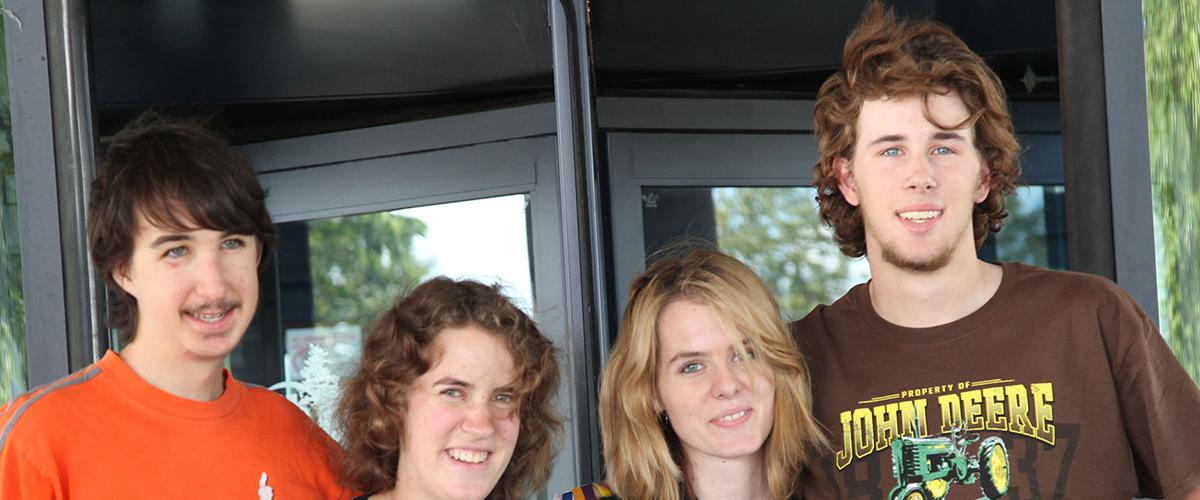Living with Myotonic Dystrophy
Although myotonic dystrophy (DM) is a form of muscular dystrophy, it is misleading to think of this merely as a muscle disease. That’s why it’s important to know how variable the disease can be –- both in symptoms and severity –– in order to understand and prepare for the challenges of living with DM.
The most pronounced characteristic of DM is skeletal and smooth muscle dysfunction (weakness, stiffness and pain). But people living with DM may also encounter issues beyond muscular, such as reduced cognitive function, vision impairment, gastrointestinal disturbances, endocrine deficiency, fertility issues, cardiovascular dysfunction, personality abnormalities and respiratory insufficiency.
Getting a Prognosis
Because DM can vary significantly among those affected, it’s impossible for your clinician to predict how it will affect you as an individual. Many people living with DM do not typically exhibit all, or even most, of the possible symptoms. Often the disorder is mild and only minor muscle weakness or cataracts are seen late in life.
At the opposite end of the spectrum, life-threatening neuromuscular, cardiac and pulmonary complications can occur in the most severe cases when children are born with the congenital form of the disorder.
Today, researchers are working to understand why the range of systems affected and the severity of symptoms can vary so greatly between patients, even in the same family.
What to Expect
You can find out more about each symptom and how it affects your body with the Myotonic body systems tool.
Our FAQs are a collection of the most pressing questions our community asks, with most up to date information we can gather.
Because DM symptoms are so variable, almost everyone’s DM story is unique. Reading and watching stories about others living with DM can help you experience how others living with DM are managing their experiences.

